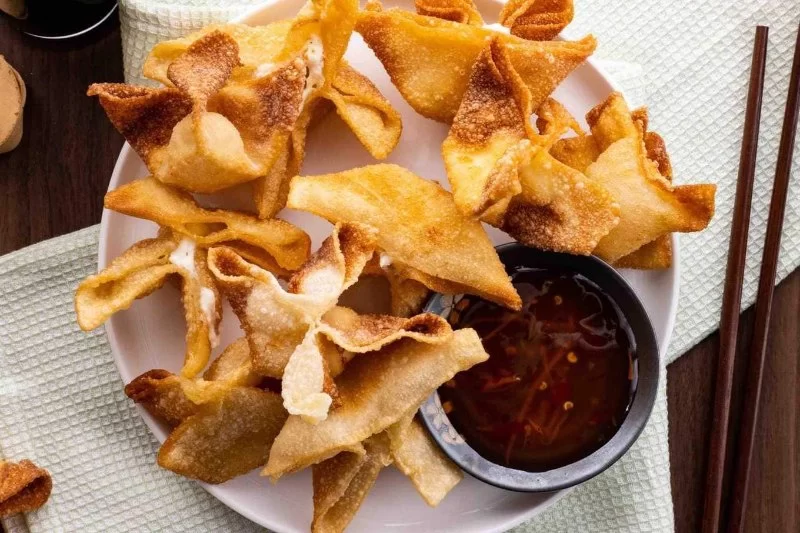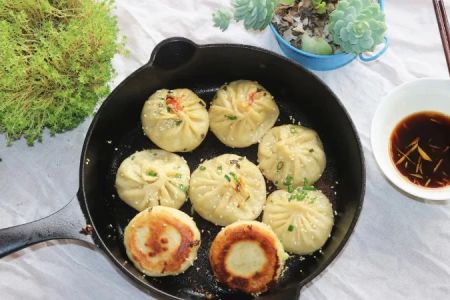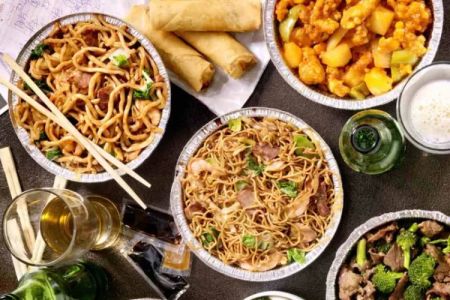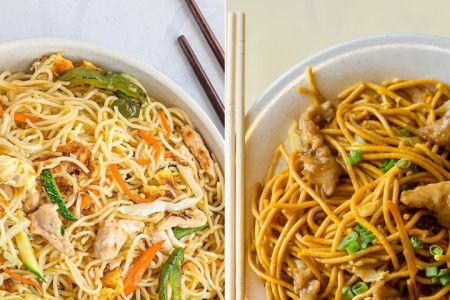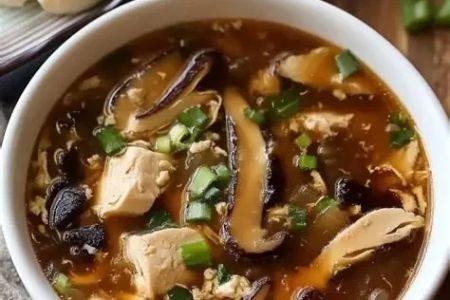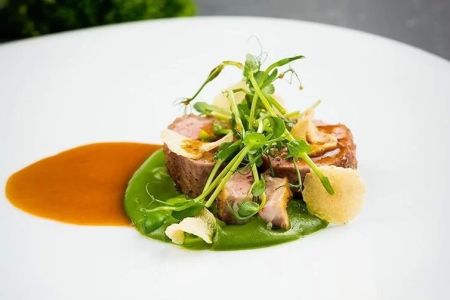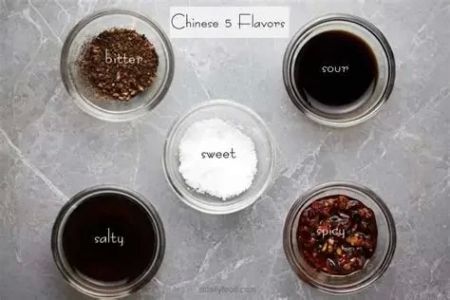- the-origins-of-crab-rangoon-and-its-mysterious-beginnings
- how-tiki-culture-helped-popularize-crab-rangoon-in-america
- what-defines-a-crab-rangoon-from-filling-to-fold
- the-evolution-of-crab-rangoon-in-modern-american-chinese-cuisine
- cultural-debate-is-crab-rangoon-really-chinese-food
- why-crab-rangoon-remains-a-beloved-american-chinese-appetizer
- where-to-get-the-best-crab-rangoon-from-chinese-food
1. The Origins of Crab Rangoon and Its Mysterious Beginnings
Crab Rangoon has long been a staple on American Chinese restaurant menus, but its true origin is surprisingly murky. Despite the exotic-sounding name, there's little evidence that Crab Rangoon has any roots in traditional Chinese cuisine. Most food historians trace its beginnings to the mid-20th century in the United States, where it first appeared in tiki-themed restaurants that blended pan-Asian aesthetics with American culinary flair.
The earliest widely credited appearance of Crab Rangoon was at Trader Vic’s in San Francisco in the 1950s. The dish—fried wonton wrappers filled with a creamy mixture of crab meat and cream cheese—reflected a fusion of flavors that appealed to American palates while evoking a sense of the exotic.
2. How Tiki Culture Helped Popularize Crab Rangoon in America
2.1 The Rise of Polynesian-Inspired Dining
The post-war era saw Americans become fascinated with tropical and Asian-inspired dining experiences. Tiki bars and restaurants, often more kitsch than cultural, gave birth to a number of fusion dishes—and Crab Rangoon was one of the breakout stars. Its crispy exterior and rich, savory filling made it perfect as a cocktail hour snack.
2.2 A Dish Designed for Sharing
With its small size, shareable nature, and dramatic presentation (often with sweet chili dipping sauce), Crab Rangoon fit right in with the playful, indulgent vibe of tiki nights. Soon, it moved beyond tiki menus into the growing wave of American Chinese restaurants that adopted and adapted global flavors to local tastes.
3. What Defines a Crab Rangoon—From Filling to Fold
3.1 Signature Ingredients and Flavor Profile
At its core, Crab Rangoon is a fried wonton dumpling filled with a blend of cream cheese, imitation or real crab meat, garlic powder, scallions, and sometimes Worcestershire sauce. Its flavor is rich, creamy, slightly sweet, and distinctly indulgent.
3.2 Techniques and Styles
Some restaurants fold their Rangoons into little purses, others into triangles. The variation can depend on regional tradition or kitchen style. A crispy shell and gooey center are universal, but ingredients like jalapeños, smoked salmon, or sriracha-infused cream cheese have started to appear in more modern spins.
4. The Evolution of Crab Rangoon in Modern American Chinese Cuisine
As American Chinese cuisine continues to evolve, so does Crab Rangoon. Today, you can find it deep-fried, air-fried, or even baked. Food trucks in cities like Austin and Portland offer gourmet twists using lump crab, goat cheese, or truffle oil. At festivals and pop-ups, it’s not unusual to see Crab Rangoon nachos or pizzas, where crispy wrappers act as the base for cheese and crab topping.
On social media, TikTok users have turned making homemade Crab Rangoon into a trend, showcasing DIY recipes, dipping sauces, and unexpected variations. It's become a nostalgic comfort food that’s simultaneously open to reinvention.
5. Cultural Debate: Is Crab Rangoon Really Chinese Food?
Here lies the culinary identity question: Is Crab Rangoon truly Chinese? Most would agree it’s not. Traditional Chinese cuisine doesn’t use dairy—particularly not cream cheese—and crab is typically served steamed or stir-fried, not wrapped in fried dough. Yet, its place on American Chinese menus is unquestioned.
Crab Rangoon represents the way immigrant communities adapted their offerings to fit American tastes. Like General Tso’s Chicken or fortune cookies, it may not be “authentic” in the traditional sense, but it’s authentic to the American Chinese experience. And in that, it holds genuine cultural value.
6. Why Crab Rangoon Remains a Beloved American Chinese Appetizer
6.1 Nostalgia and Flavor in One Bite
For many Americans, Crab Rangoon is a nostalgic comfort food that reminds them of family dinners, takeout nights, or celebrations. Its creamy crunch is crave-worthy, and it delivers on satisfaction in a way that few appetizers can. It’s that rare combination of familiar and fun.
6.2 A Versatile Crowd-Pleaser
Whether served as an appetizer, snack, or party food, Crab Rangoon continues to be one of the most ordered items on American Chinese menus. Its staying power lies in its crowd-pleasing nature—sweet, salty, creamy, and crispy all at once.
7. Where to Get the Best Crab Rangoon from Chinese Food
If you want to enjoy this iconic dish at its best, look no further than Chinese Food. Known for balancing tradition and innovation, their Crab Rangoon is hand-folded daily, with a perfect blend of real crab and rich cream cheese. Whether you’re craving the classic taste or curious about modern twists, Chinese Food offers something for every kind of Rangoon lover.


